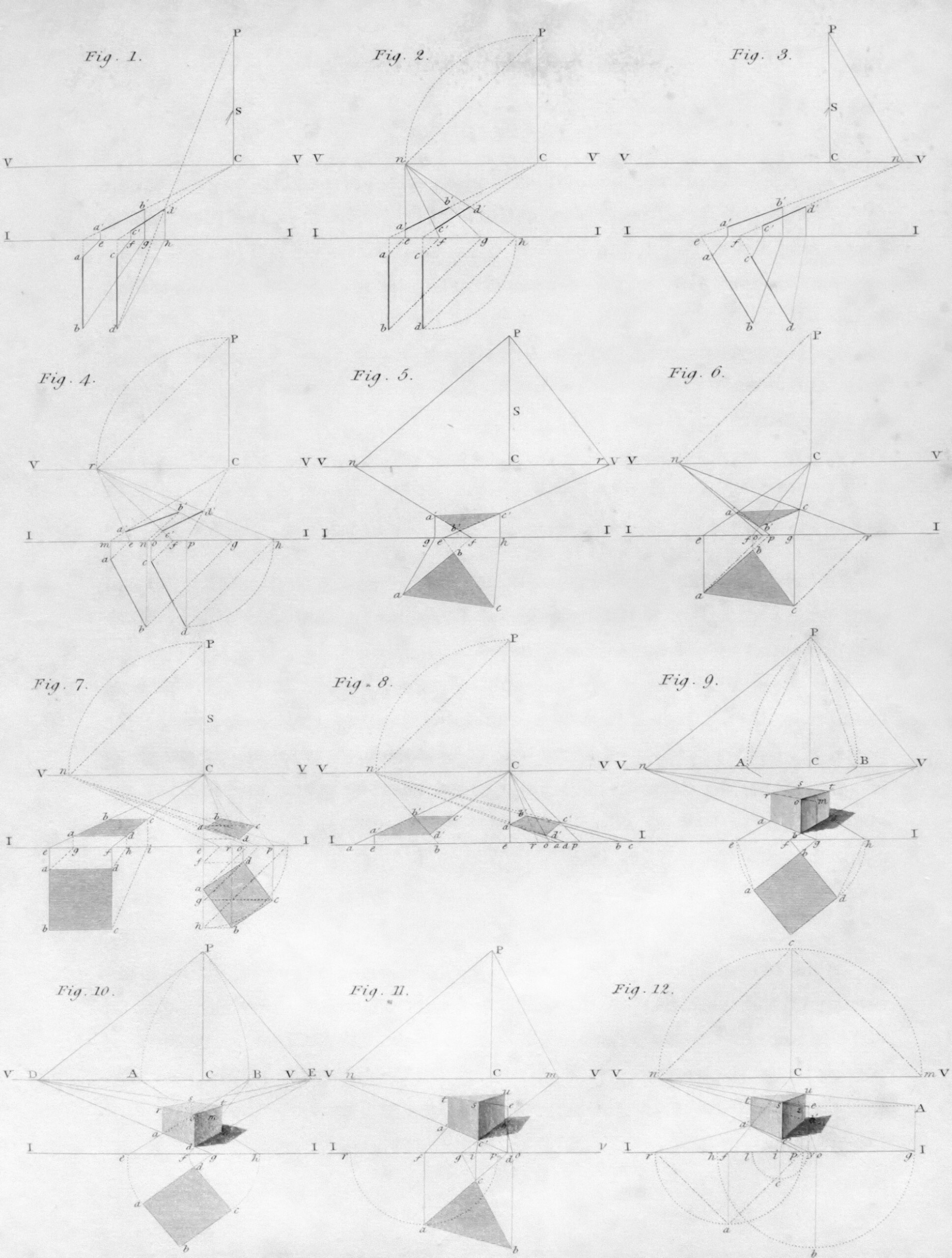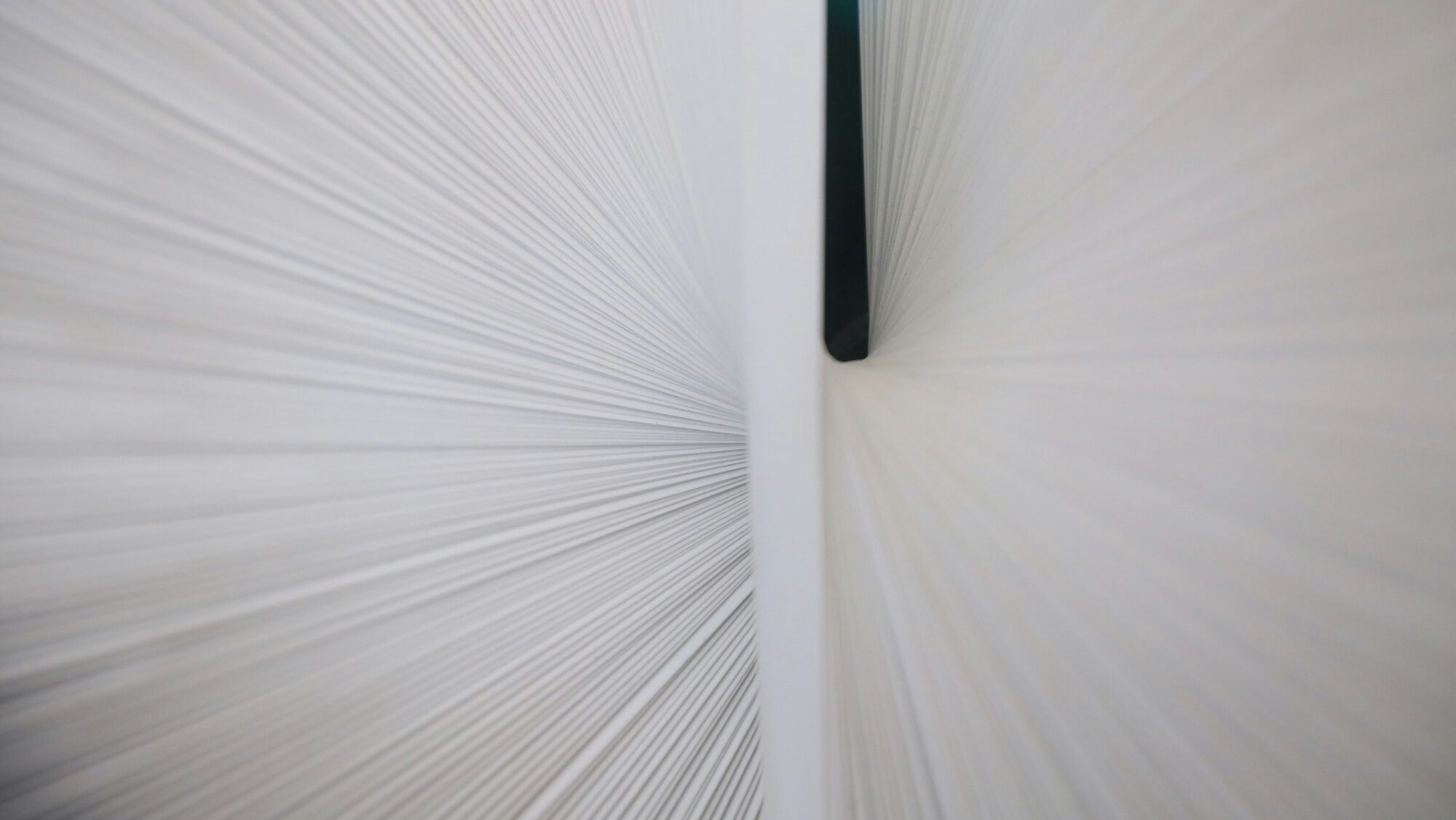Photo by June Wong on Unsplash
Stakeholders may not buy into “calm” on its own, but showing how it improves efficiency, increases loyalty, or reduces churn makes the business case much stronger.
Among designers, talking about calm design—creating experiences that respect users’ attention, minimize distractions, and promote focus and well-being—tends to resonate. But every time the conversation shifts to stakeholders, a familiar challenge arises: How do we measure calm? Is it even a KPI?
In my experience, designing something that isn’t distracting or annoying can be straightforward compared to the real challenge—convincing stakeholders that it’s worth investing in. Calm isn’t as tangible as clicks, engagement, or time-on-site. So how do we define it in ways that resonate with decision-makers?

Photo by The New York Public Library on Unsplash
While it’s tricky to measure calm directly, here are some approaches I’ve explored:
- User Feedback Metrics: Use surveys or sentiment analysis to gauge how users feel after engaging with your design. Are they less stressed? More focused? Calmness might show up as higher satisfaction or reduced frustration. Self-reported calmness scales can also provide valuable qualitative insights.
- Task Success and Efficiency: A calm design often results in smoother, faster task completion. If users can achieve their goals with fewer errors or interruptions, you’re indirectly measuring the impact of calm. Task completion rates or error reduction metrics can tell this story.
- Reduced Cognitive Load: Tools like eye-tracking or usability tests can show how much effort users expend while interacting with your product. Words like “intuitive” or “seamless” from user feedback often signal the success of calm design.
- Retention and Loyalty: Calm might not grab attention in the short term, but it builds trust over time. Metrics like user retention and loyalty reflect the long-term value of distraction-free, user-centered design.
- Stress-Level Measurements: For wellness-focused products, consider using biometric or behavioral indicators. Some teams evaluate heart rate data or self-reported stress levels to understand users’ emotional responses to their designs.
Advocating for calm design often means reframing it as something that drives productivity, engagement, and long-term user satisfaction. Stakeholders may not buy into “calm” on its own, but showing how it improves efficiency, increases loyalty, or reduces churn makes the business case much stronger.
Calm might not grab attention in the short term, but it builds trust over time.

Photo by Drew Beamer on Unsplash



